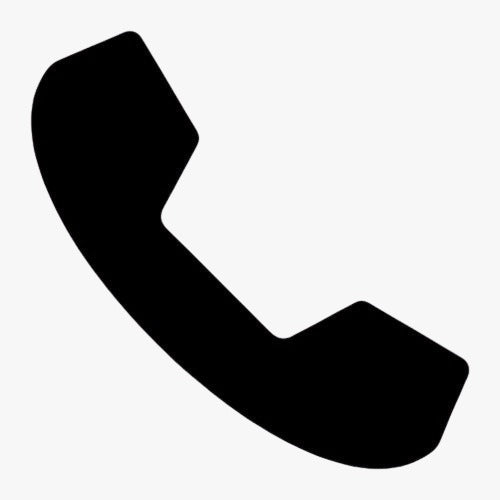When investing in an Automated External Defibrillator (AED), many people ask the question: Do AEDs expire? It's a fair concern — after all, an AED is a life-saving device that you need to count on during an emergency. While the AED unit itself doesn’t expire in the traditional sense, several of its components do. Understanding which parts need replacing and how to maintain your device properly is key to making sure it works when it matters most.
In this article, we’ll break down how AED expiration works, which parts have a shelf life, and how to keep your AED ready for action at all times.
Does an AED have an expiration date?
The AED device — the actual defibrillator unit — does not have a fixed expiration date. If properly maintained, it can last 8–10 years or even longer. However, like any piece of medical equipment, it can become outdated over time due to new technology, software updates, or manufacturer support ending.
That’s why it’s important to:
-
Register your device with the manufacturer
-
Keep it stored in a clean, dry place
-
Monitor its status indicators regularly
-
Replace consumables like pads and batteries on time
You can view current models such as the Philips HeartStart OnSite AED and HeartStart FRx AED, which are among the most trusted devices used in public and professional settings.
Which AED parts expire?
While the core unit doesn’t expire, several key components do — and they must be replaced periodically to ensure your AED is fully functional:
1. Electrode pads
AED pads contain adhesive gel and conductive material to deliver the shock safely. Over time, the gel can dry out, making the pads ineffective or unsafe to use.
-
Typical shelf life: 18 to 60 months, depending on brand and model
-
Check the expiration date printed on the packaging
Replace immediately after use, even if within the expiry period
You can find replacement pads for most models in our accessories section.
2. Batteries
AED batteries power the device and its internal self-check system. Like any battery, they have a limited life span and will eventually lose charge — even if unused.
-
Typical life span: 2 to 5 years, depending on model and usage
-
Some models have “use-by” dates, others use smart indicators
-
Replace immediately after use or low-battery alerts
We stock AED replacement batteries for popular brands so you can keep your device in ready-to-use condition.
3. First response items
Many AED packages include prep kits with gloves, razors, wipes and scissors. While not part of the AED itself, these items can expire or degrade and should be inspected and replaced as needed — especially after use or exposure to moisture.
How to keep track of AED expiration items
To avoid being caught off guard during an emergency, we recommend:
-
Setting calendar reminders for pad and battery replacement
-
Doing a monthly visual check of the device and accessories
-
Using inspection tags on your AED cabinet to record checks
-
Registering your device online for automatic manufacturer alerts
If your AED shows a blinking red indicator, emits a chirping noise, or displays an error code, that’s a sign something needs attention. Never ignore these warnings — they may signal expired components or internal issues.
What happens if I use expired pads or batteries?
Using expired AED parts is risky. Expired electrode pads may not stick properly or deliver an effective shock. Worn batteries might not have enough charge to power the device or complete a shock cycle.
In short, expired parts can cause your AED to fail when you need it most. That’s why regular maintenance isn’t optional, it’s essential.
For complete peace of mind, we recommend storing extra pads and batteries in your cabinet or case. You can stock up on AED accessories anytime to avoid last-minute scrambles.
When should I replace the AED itself?
While AEDs don’t technically expire, it may be time to replace your unit if:
-
It’s older than 10 years
-
It no longer passes self-checks
-
The manufacturer no longer supports it or sells replacement parts
-
Newer models offer improved functionality, ease of use or compatibility with your team’s needs
Upgrading your AED doesn’t mean you failed in maintenance — it means you’re staying ahead. Our latest AED packages include current-generation models with all the accessories you need, plus bleeding control kits for complete readiness.
Combine with bleeding control for full preparedness
Speaking of readiness, your emergency station should go beyond just cardiac care. Sudden cardiac arrest can happen alongside trauma, accidents or heavy bleeding. Our Bleeding Control Kit – Standard and Premium kits provide life-saving tools like tourniquets, gauze, trauma shears and gloves.
Bundling one of these kits with your AED ensures you're equipped for multiple types of emergencies — not just cardiac arrest.
Stay up to date, stay response ready
So, do AEDs expire? Not exactly — but their most important components do. To ensure your AED is always ready for use, keep track of expiration dates for pads and batteries, inspect the device regularly, and store it in an accessible AED cabinet with proper signage.
Shop AEDs now and explore replacement accessories, training, and complete emergency response kits to stay fully prepared — because every second matters when a life is on the line.






